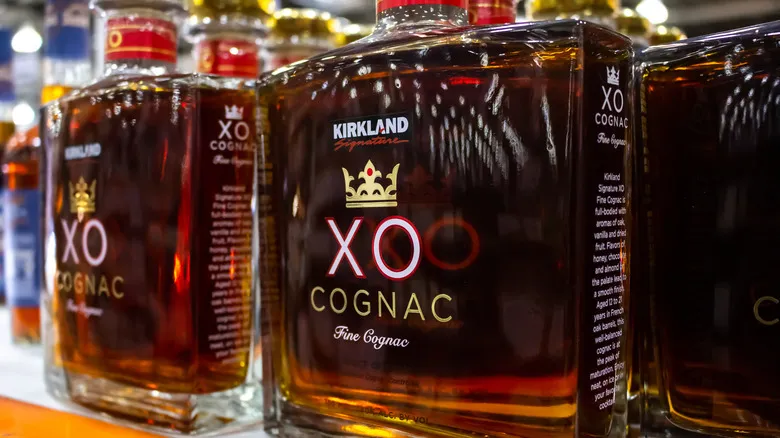Background of Maison Peyrat
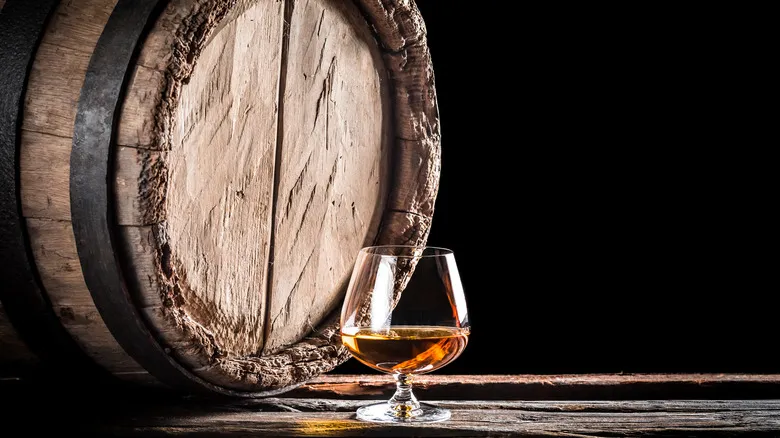
The Peyrat family commenced the distillation of wine and spirits in Southwest France during the early 1920s. Henri Peyrat (1885-1969), the company's founder, was a respected négociant (wine merchant) in the area who established a reputable business over a span of more than 30 years. To this day, four generations of the Peyrat family have been involved in the company, including managing its growth into international markets such as Finland, Sweden, Norway, Denmark, Russia, and the United States. The company currently offers a range of cognac blends as well as single vineyard and single estate vintages. While cognac has traditionally been produced from a blend of grapes sourced from various regions in Southwest France, single vineyard cognacs—crafted from grapes of a single estate—have emerged in recent decades.
There are whispers of a connection between Maison Peyrat and Stéphane Burnez, the master blender/cellar master and owner of Prunier Cognac, though the specifics of this relationship remain unclear. In terms of recognition, Peyrat Cognac XO earned a gold medal at the 2021 London Spirits Competition and also received a gold medal at the 2021 International Spirits Challenge tasting awards. Their cognac is crafted from Ugni blanc grapes, the signature white grape variety used in the production of cognac and dry white wines. The cognac is aged for several years in oak barrels, which impart distinct flavors and characteristics depending on the type of wood used in the cask.
How is cognac made
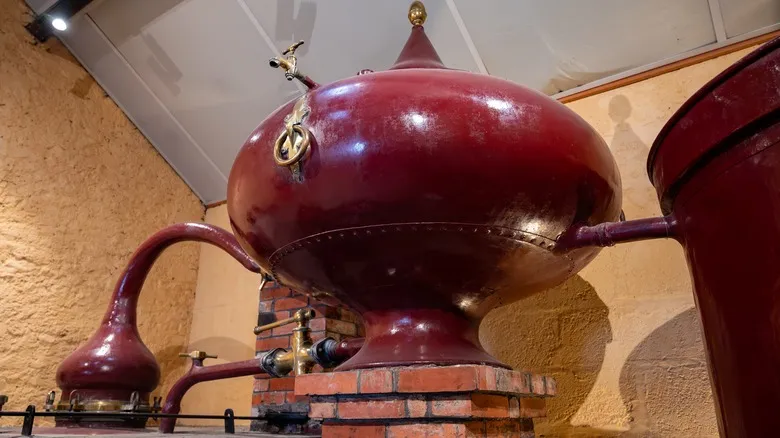
Cognac is a variety of brandy named after the region of Cognac in France where it is produced. Producers of cognac must adhere to specific regulations set by the Appellation d'Origine Contrôlée (AOC), which means "controlled designation of origin." This spirit is crafted from select white grape varieties, distilled twice in copper stills, and matured in barrels made from particular types of French oak. Most cognacs are blends of various vintages, combining younger spirits with older ones. While both cognac and wine originate from grapes, cognac undergoes distillation, resulting in a significantly higher alcohol content than regular wine (typically around 40% alcohol by volume, or 80 proof).
Cognacs are categorized based on their aging duration: XO (Extra Old) requires a minimum aging of 10 years; VSOP (Very Special Old Pale) must be aged for at least 4 years; and VS (Very Special) has a minimum aging of 2 years. In 2018, a new designation, XXO (Extra, Extra Old), was introduced for cognacs aged a minimum of 14 years.
Kirkland's XO cognac is noted by experts for its warm amber hue, fresh citrus and apricot aromas, and a palate featuring apricot with hints of honey, chocolate, and almond, finishing with a light spice. In contrast, Peyrat's XO is characterized by hazelnut and buttery notes, along with a subtly toasted finish, giving it a less fruity and citrusy profile.
Recommended
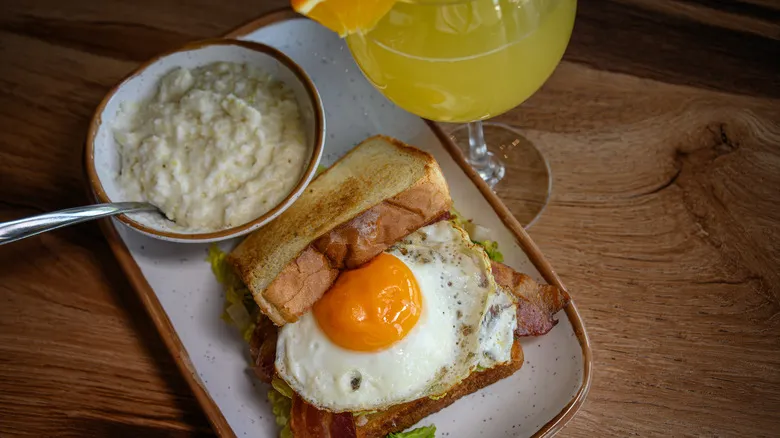
Our Experts Know Why It's So Hard To Pair Alcohol With Eggs

Yes, There's A Right Way To Drink Mezcal

There Actually Is A Difference Between Mixologists And Bartenders
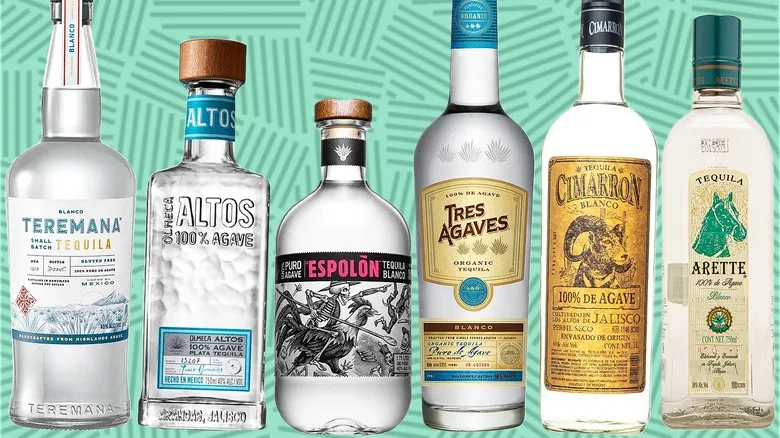
10 Bottom-Shelf Tequilas That Are Worth The Buy, According To The Pros
Next up

